
Bandicota
What kind of animal is Bandicota?
Bandicota is a genus of rodents from Asia known as the bandicoot rats.
Their common name and genus name are derived from the Telugu language word pandikokku (పందికొక్కు).
They are different from the bandicoots, which are marsupials from Australia and New Guinea.
Bandicoot rats are large, shaggy, blackish brown rodents that can weigh up to 1 kg (2.2 pounds).
They are destructive to crops and often live near human populations.
They have long, scantily haired tails and large ears.
Example of the color palette for the image of Bandicota
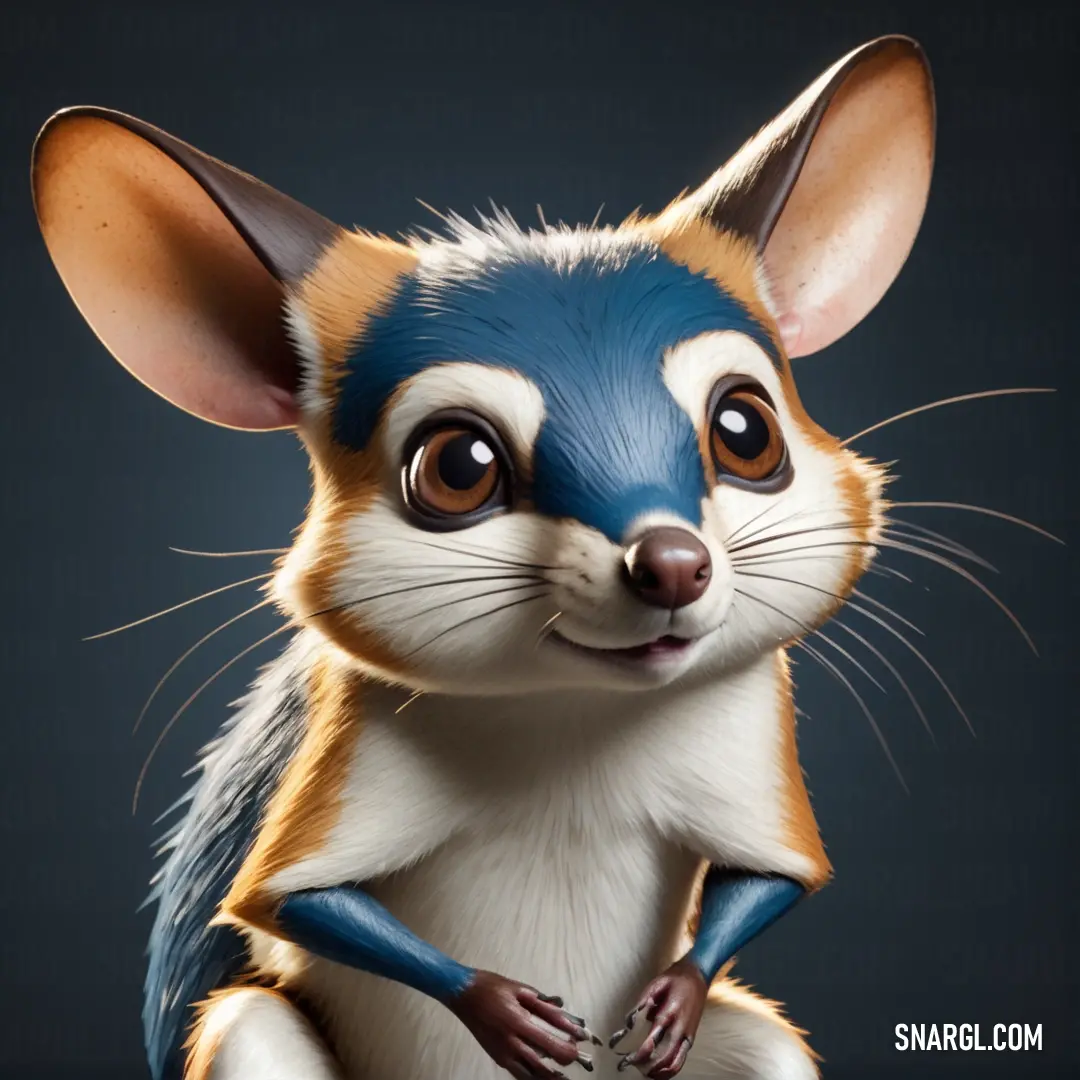
See these colors in NCS, PANTONE, RAL palettes...
Where does the Bandicota live?
Bandicota is a genus of rodents from Asia known as the bandicoot rats.
Their common name and genus name are derived from the Telugu language word pandikokku (పందికొక్కు), which means "pig-rat".
There are three species of bandicoot rats: the greater bandicoot rat (Bandicota indica), the lesser bandicoot rat (Bandicota bengalensis), and the Savile's bandicoot rat (Bandicota savilei).
The bandicoot rats have a wide distribution range in South and Southeast Asia.
They are found in Bangladesh, China, India, Indonesia, Laos, Malaysia, Myanmar, Nepal, Sri Lanka, Taiwan, Thailand, Vietnam, and Pakistan.
They can inhabit various habitats, such as forests, grasslands, agricultural fields, and urban areas.
They are mostly nocturnal and live in burrows that they dig in the ground.
They are omnivorous and feed on plant materials, insects, worms, and garbage.
The bandicoot rats are considered as pests and vectors of diseases in many places where they occur.
They can damage crops, contaminate food, and transmit pathogens such as leptospirosis, plague, and rat-bite fever.
They are also hunted for food, especially in Southeast Asia.
The bandicoot rats are not threatened by extinction, as they are abundant and adaptable to human-modified environments.
What does the Bandicota look like?
The Bandicota is a genus of rodents from Asia, also known as the bandicoot rats.
They have a shaggy, dark brown fur, a broad and rounded snout, and a long, sparsely haired tail.
Bandicoots are relatively large rodents, with some species weighing up to 1.5 kg and measuring up to 33 cm in body length.
These animals have strong claws and dig deep burrows, where they store food and breed.
They are mostly nocturnal and omnivorous, feeding on grains, fruits, insects, and other animals.
Bandicoots are common in both rural and urban areas, and are considered pests and carriers of diseases by humans.
In some regions, they are also hunted for subsistence.
The word "bandicoot" comes from the Telugu language word "pandikokku", meaning "pig-rat".
There are three species of Bandicota: the greater bandicoot rat (B.indica), the lesser bandicoot rat (B.bengalensis), and Savile's bandicoot rat (B.savilei).
Bandicoots are widely distributed in South and Southeast Asia and often coexist with each other.
These animals differ in size, color, and skull features.
Example of the color palette for the image of Bandicota

See these colors in NCS, PANTONE, RAL palettes...


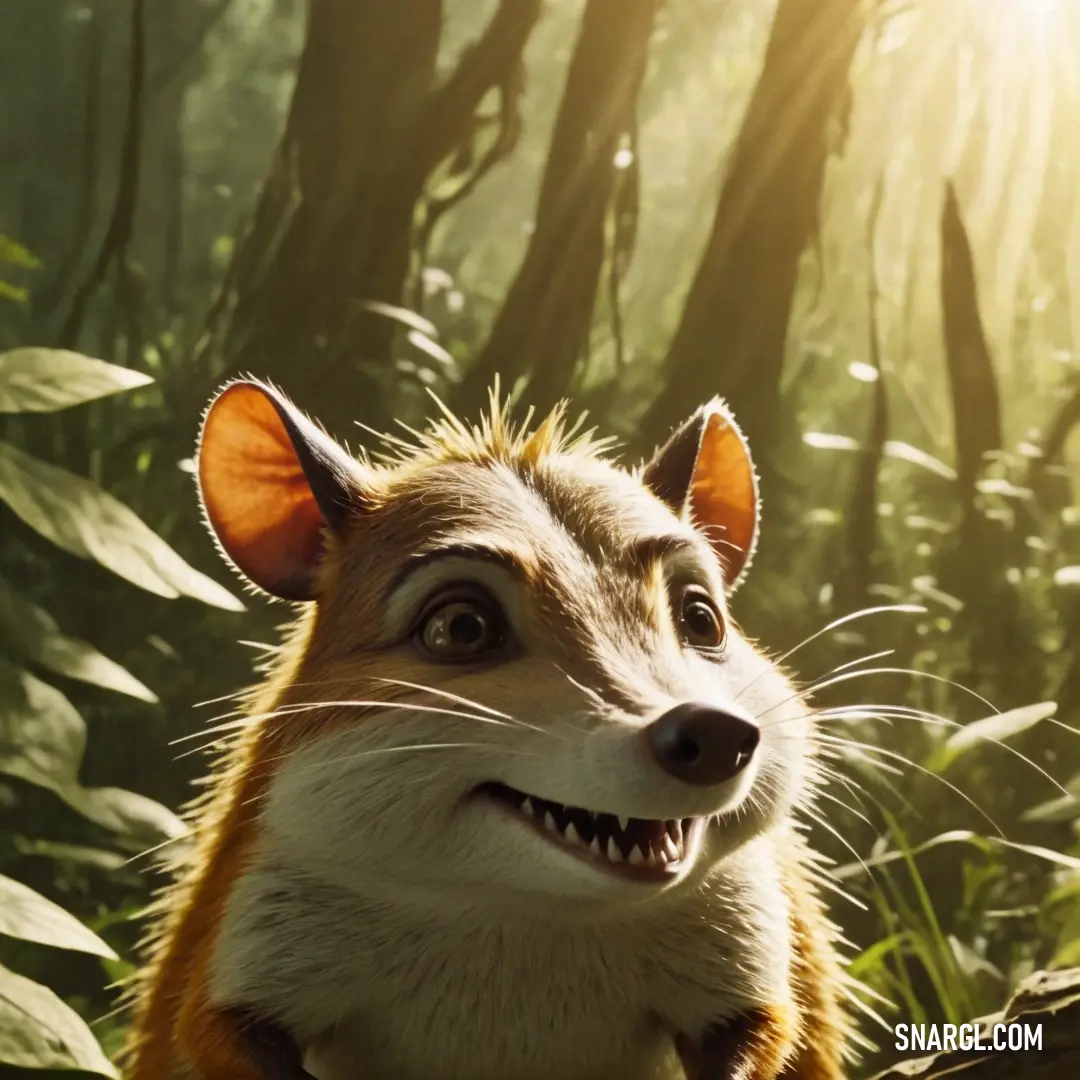
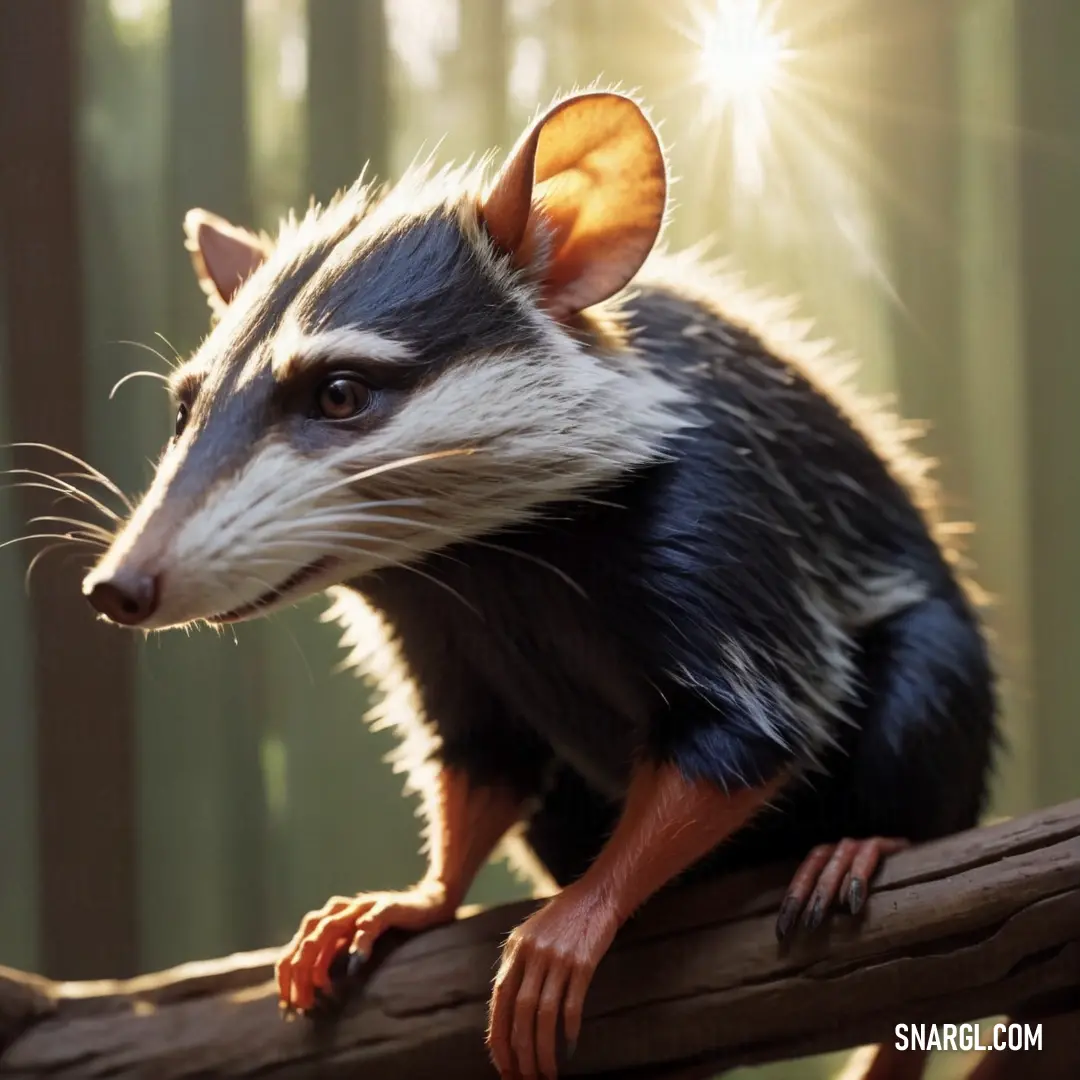
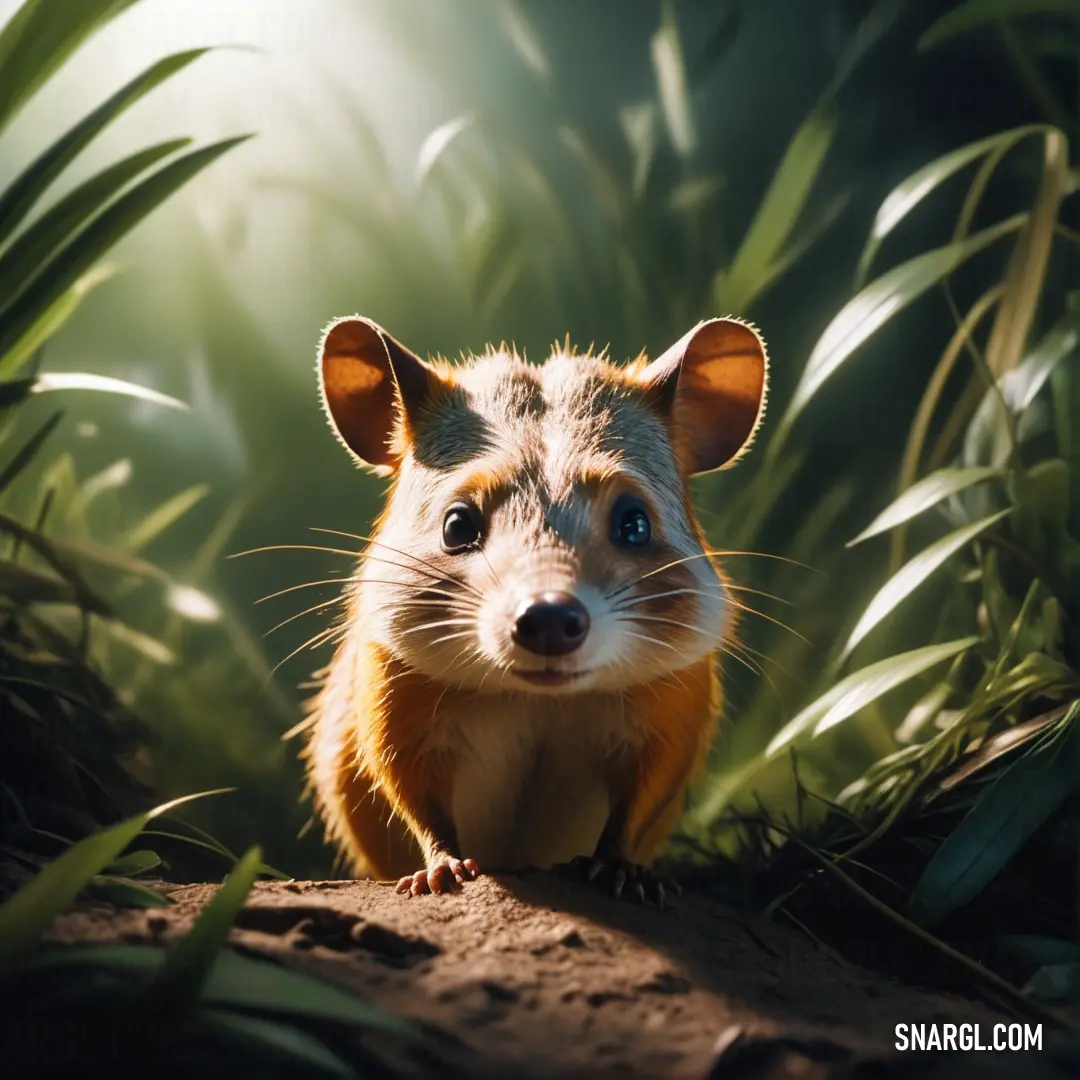
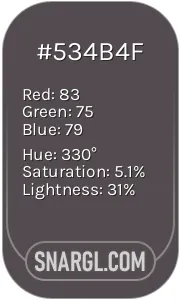 Liver
Liver Cadet grey
Cadet grey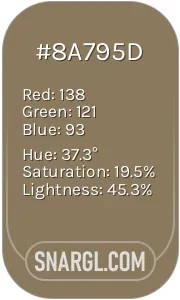 Shadow
Shadow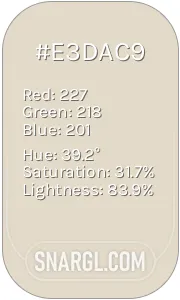 Bone
Bone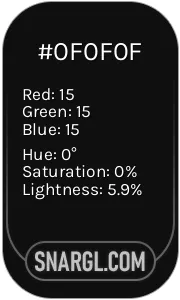 Onyx
Onyx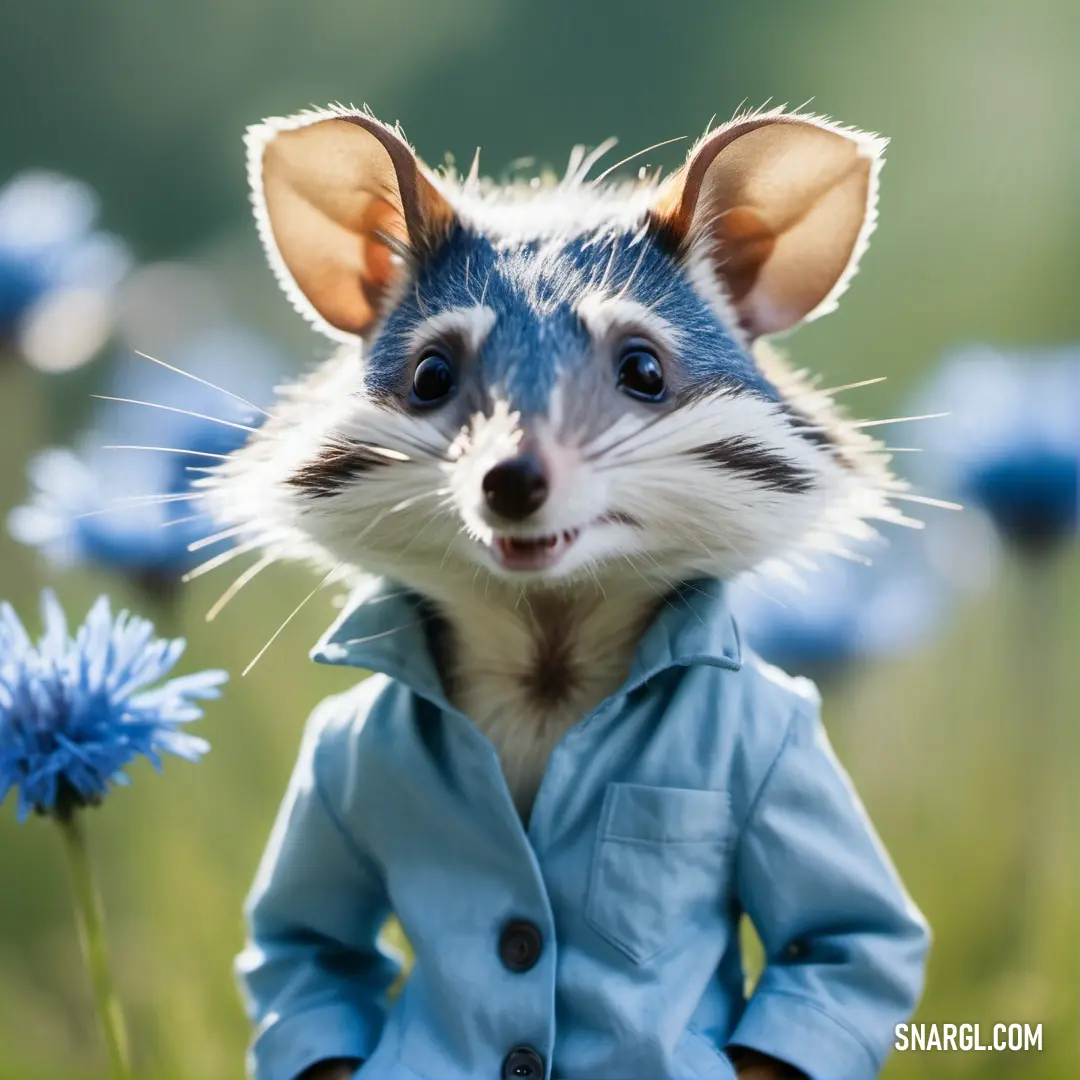

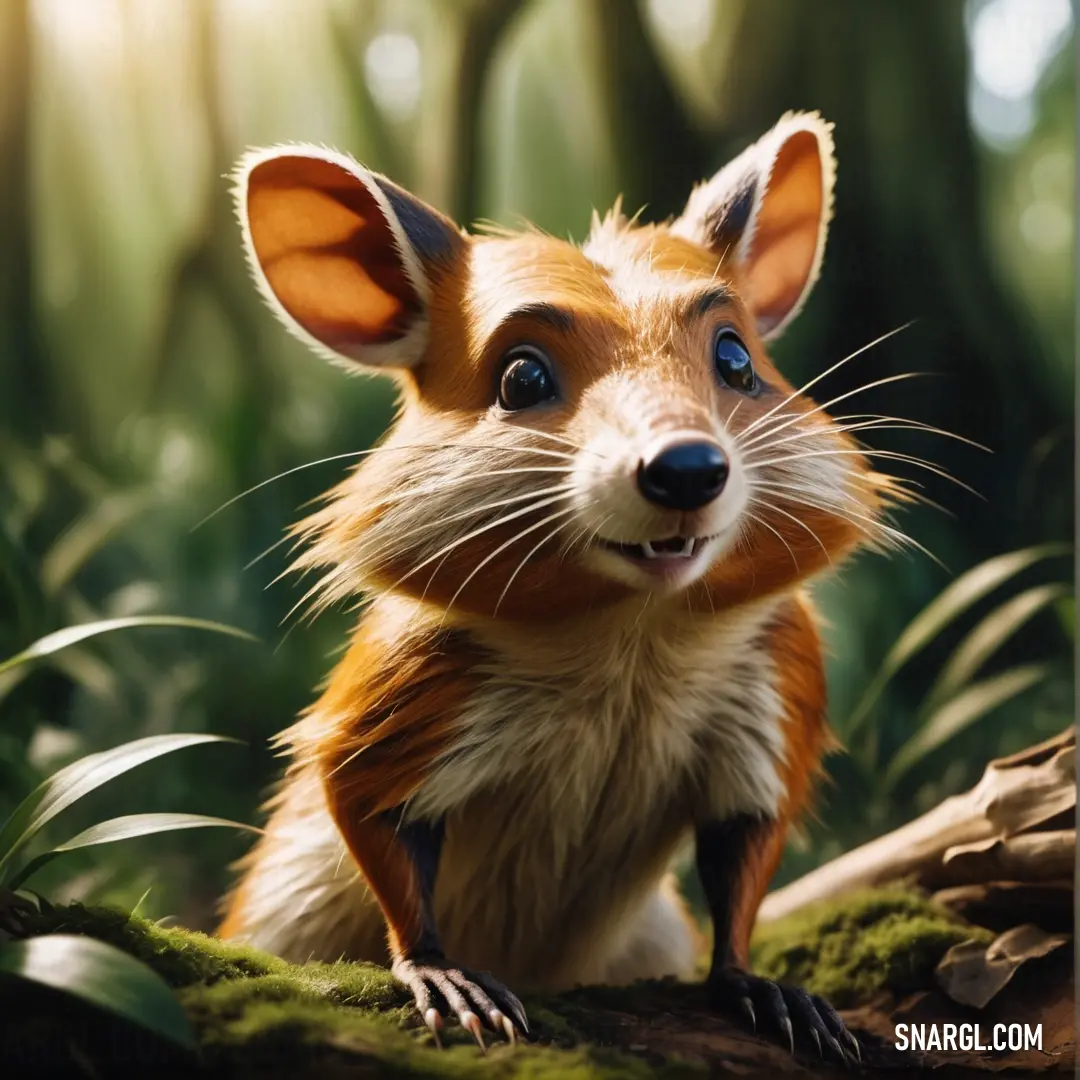
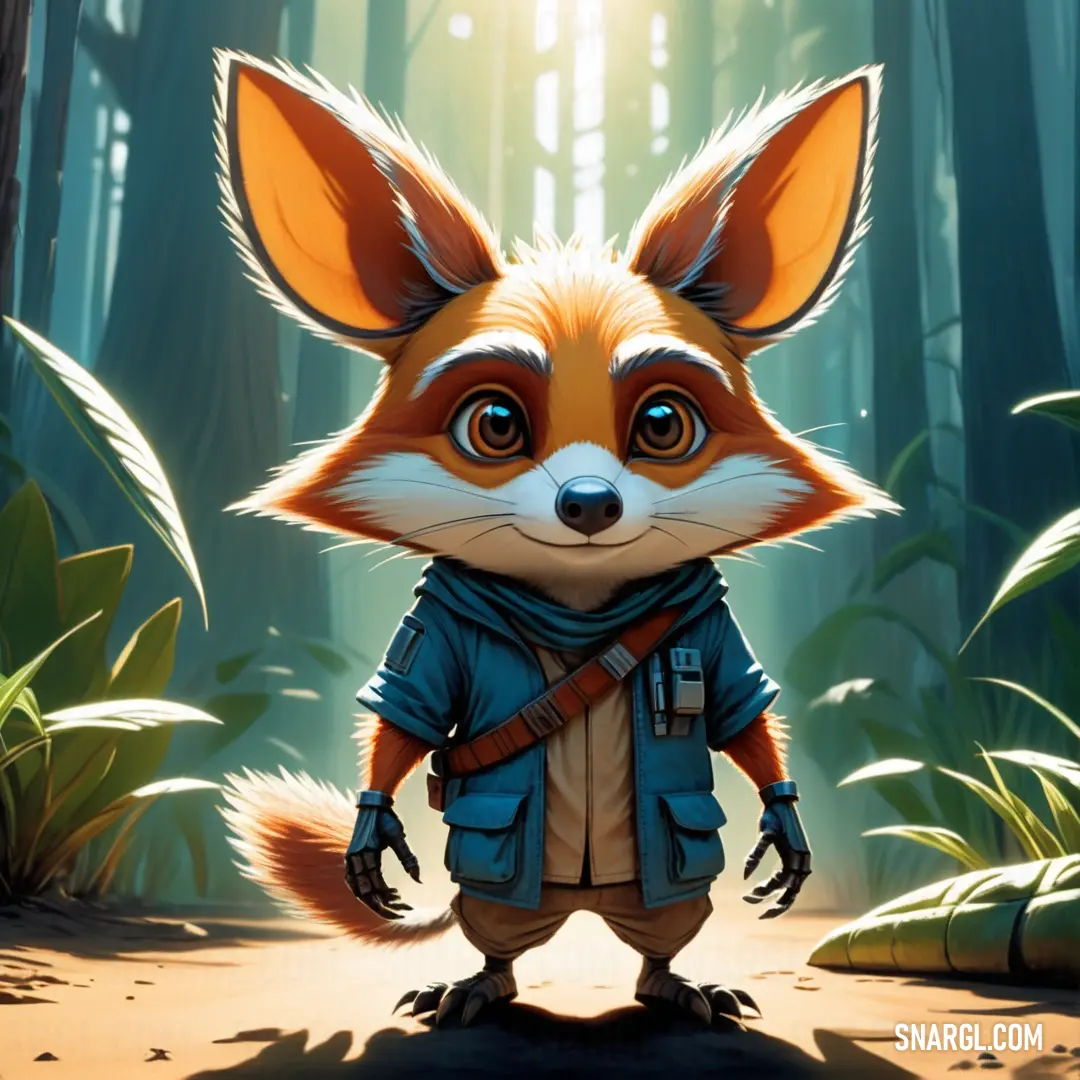
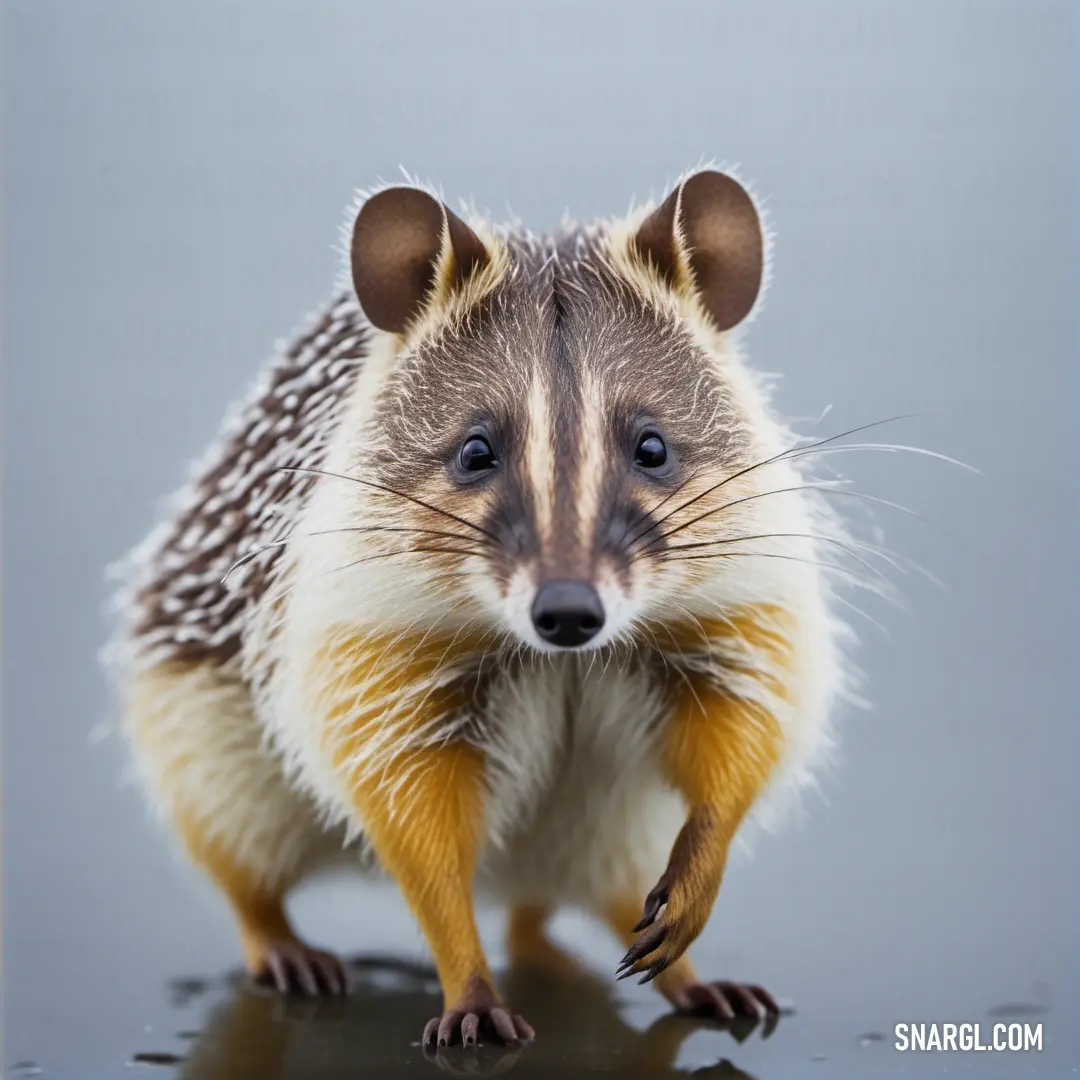
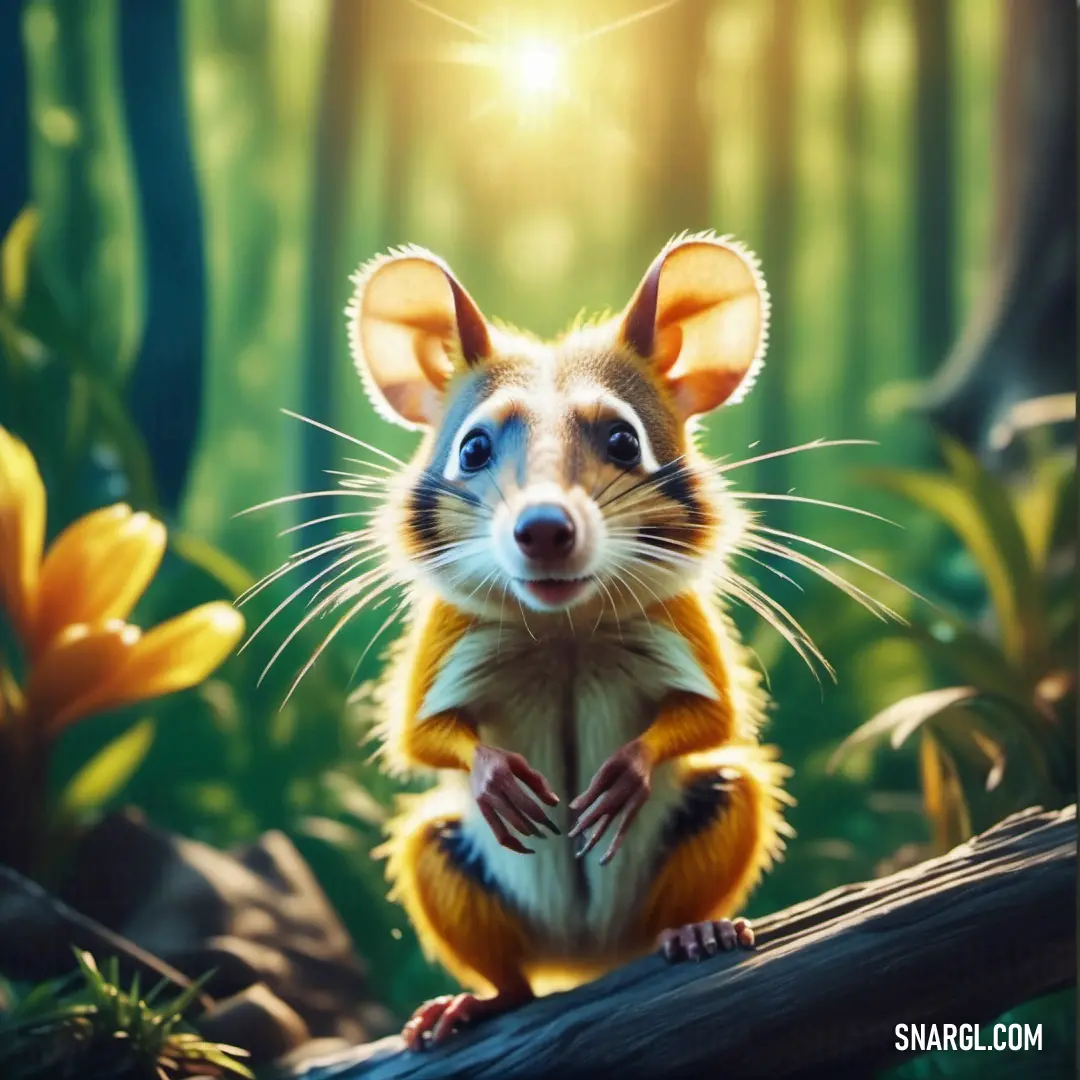
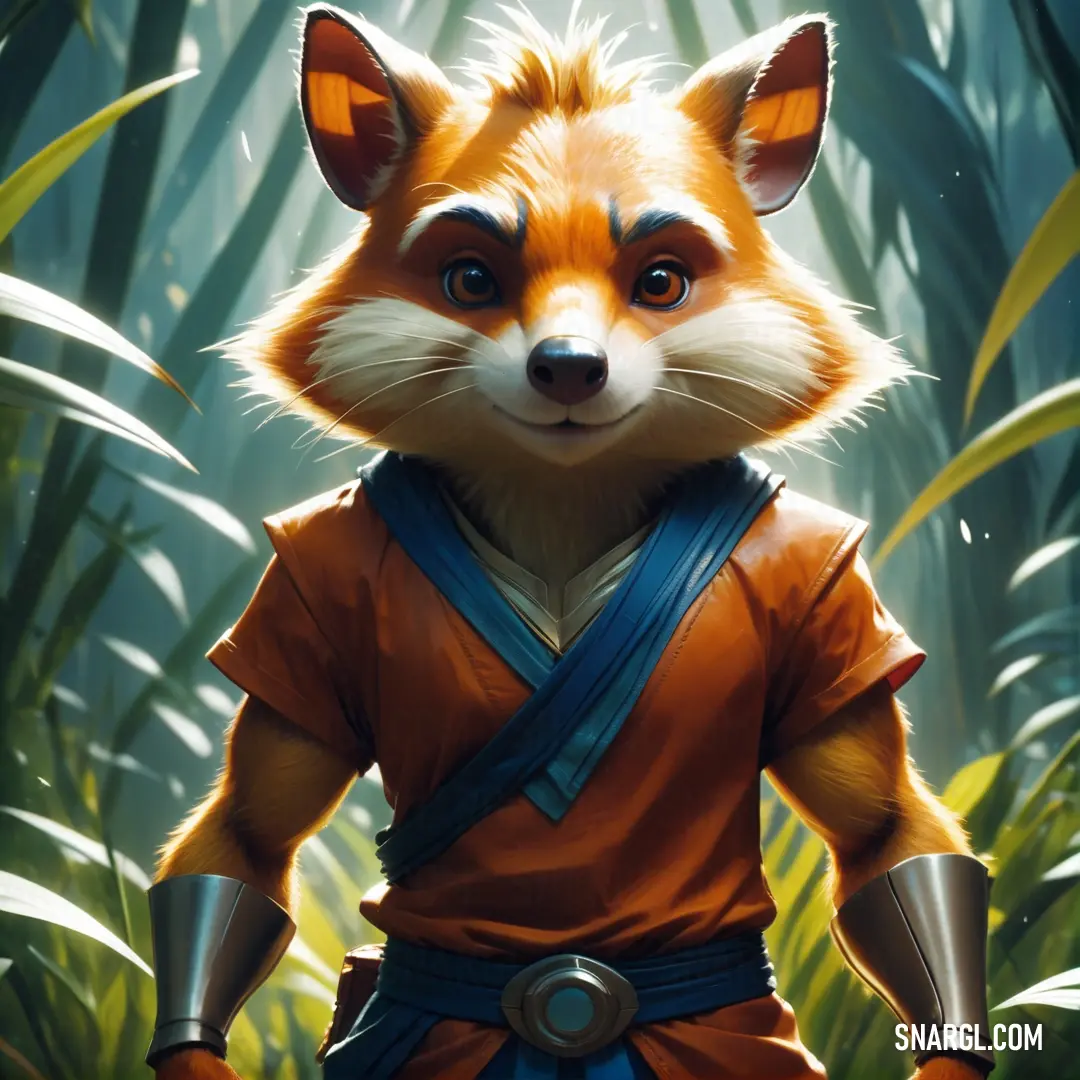


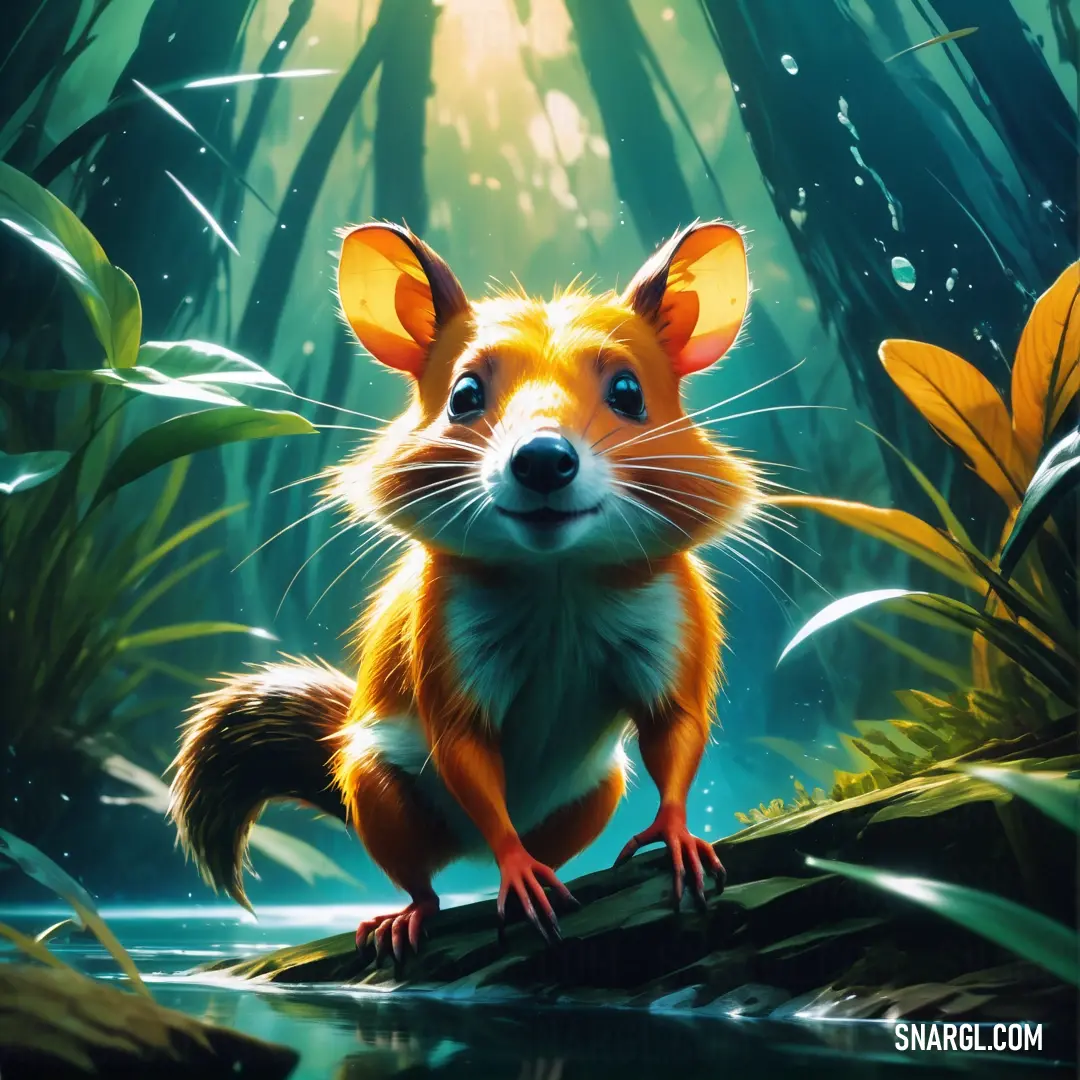
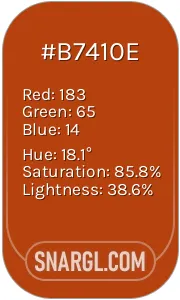 Rust
Rust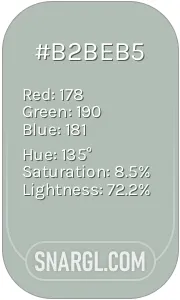 Ash grey
Ash grey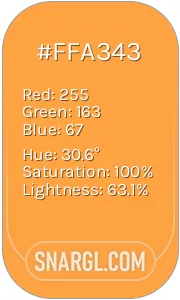 Neon Carrot
Neon Carrot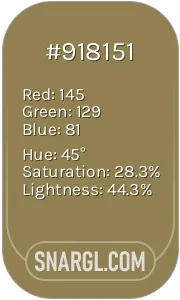 Dark tan
Dark tan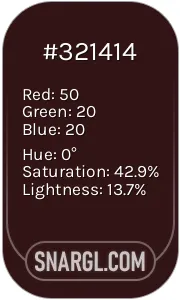 Seal brown
Seal brown







